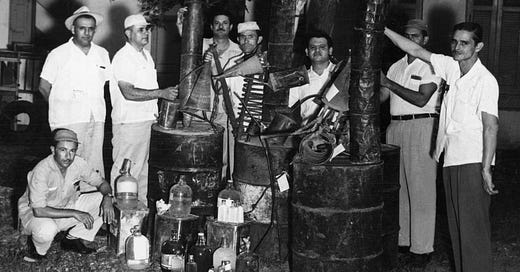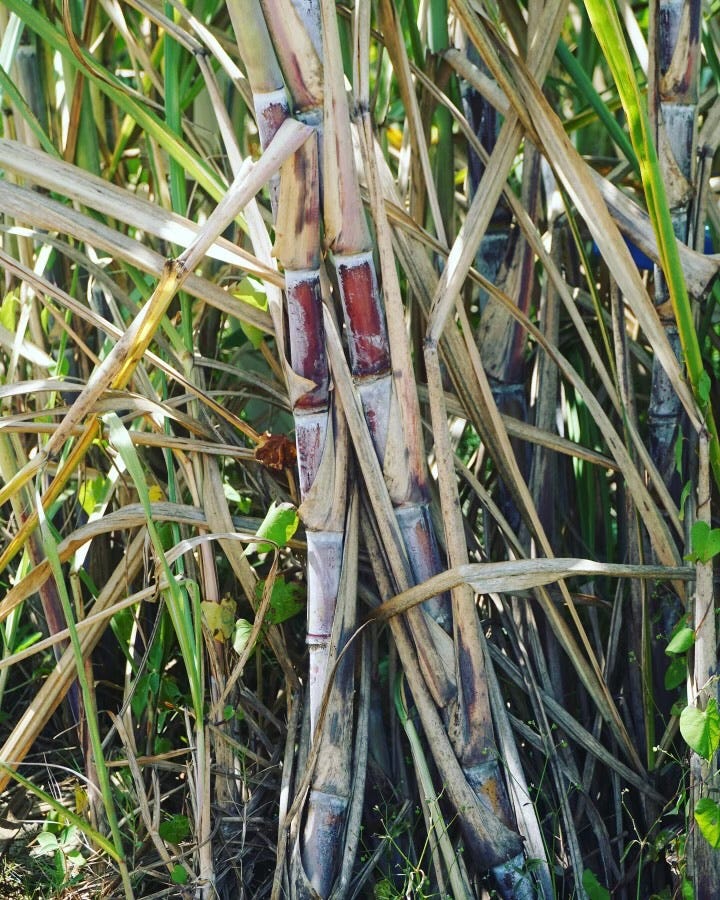Piña Colada DNA: Rum Under U.S. Rule
How changes in sugarcane markets and Prohibition changed the spirit.
Previous articles in this series: “The Piña Colada’s History”; “The Pineapple”; “Coconut Cream” and also; the first part of“Rum”.
Para leerlo en español, desplácese hacia abajo.
Before Puerto Rico passed from Spanish rule to that of the United States in 1898, several events arose that pushed the boom in sugarcane production; therefore, the rum industry in the Archipelago of Puerto Rico also grew.
The 18th century—a century before the United States took Puerto Rico—was a century of big political change after the independence of two major sugar-producing colonies: the United States and Haiti. This caused the economy of the UK and France to tremble, as the empires’ remaining colonies capitalized on their economic value and began to initiate their own independence. The U.S. turned to Cuba and Puerto Rico, which were Spanish colonies at that time, as its new producers of sugar.
Therefore, is not surprising that after signing the 1898 Treaty of Paris for peace with Spain, the United States requested Cuba and Puerto Rico, but only obtained Puerto Rico and the Philippines as war spoils because they were the last Spanish colonies left and Cuba had already become independent. Even so, the United States sought a way to control the sugar plantations in Cuba with the Platt Amendment.
Keep reading with a 7-day free trial
Subscribe to Crítica to keep reading this post and get 7 days of free access to the full post archives.




